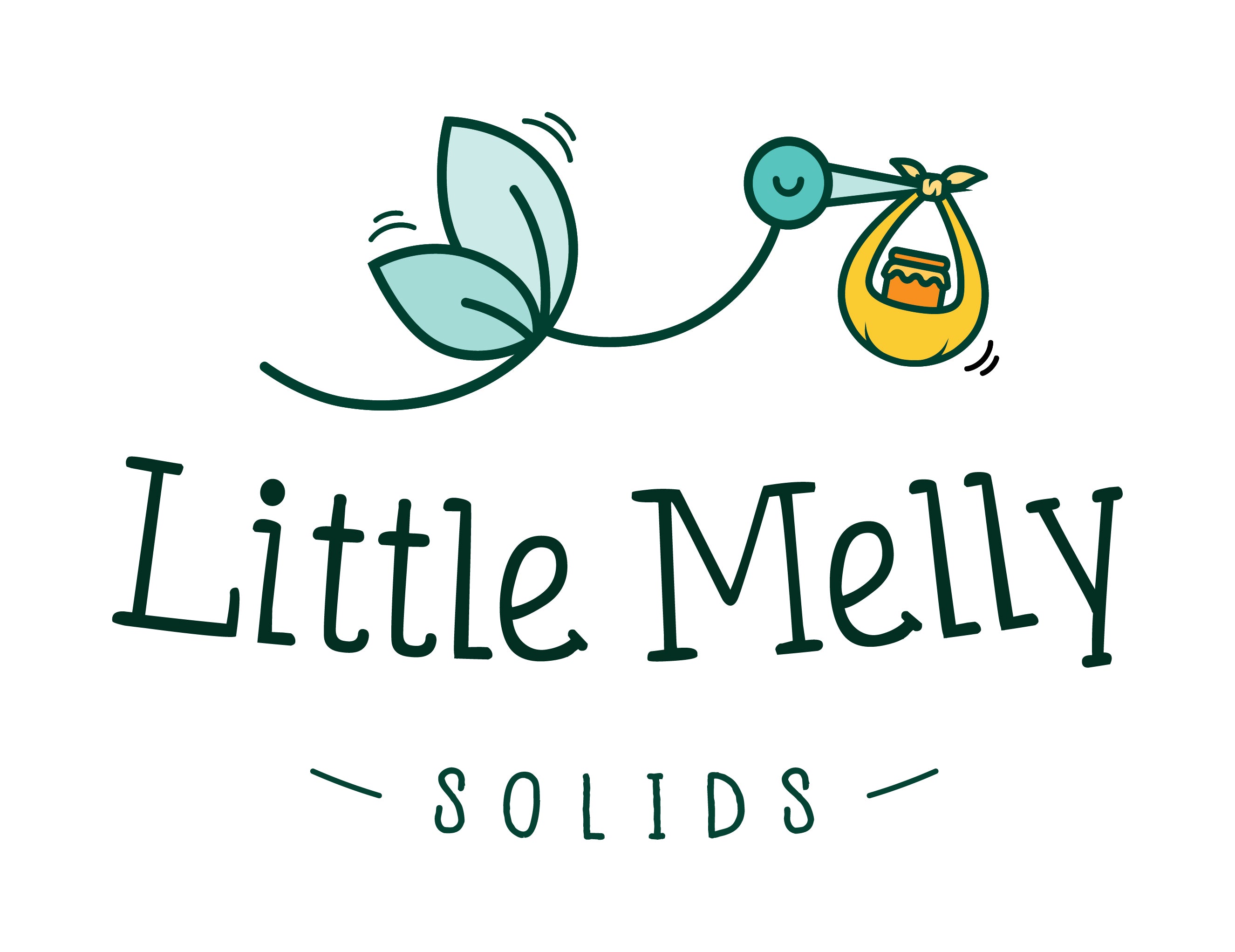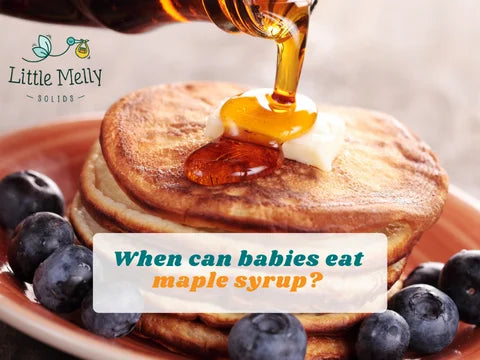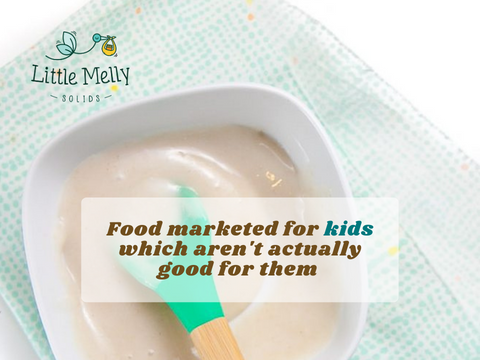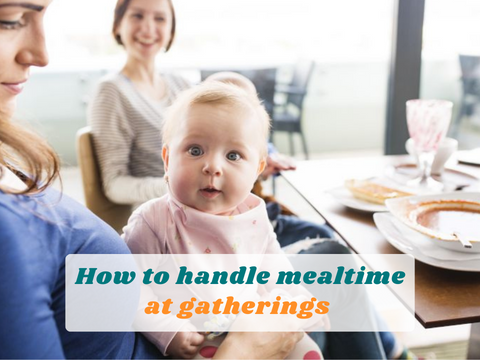It can be challenging to always know what foods are healthy for your child and which ones are not because there are so many gray areas. It’s not just white or black. Maple syrup is made from the circulating fluid or sap of maple trees. It is known to have lots of health benefits, but should babies have it in their diet?
Keep on reading to find out when it’s best to give your baby maple syrup, its benefits, and what healthier sugar alternatives you can feed to your little one!
Is maple syrup healthy for babies?
Although pure maple syrup is a natural sugar, its excessively-high sugar content makes it less “healthy” than we often think. Excessive sugar consumption can also increase the risk of obesity and type 2 diabetes.
When and how to introduce maple syrup to babies?
From 6 to 24 months: Babies naturally prefer sweetness, so it's crucial to allow them plenty of time to acquire a taste for unsweetened meals. It can be introduced in extreme moderation once the baby hits one-year-old, but since it is very sugary, it is best to avoid until age 2.
24 months Onwards: Add a little maple syrup on pancakes with nut butter, cereal, or yogurt. You can also blend it into smoothies!
Maple syrup benefits for kids
Although it might surprise you, pure maple syrup has nutritional advantages when consumed in moderation. Its high antioxidant content is its main advantage, but pure maple syrup also
- Helps with constipation (and this is shocking since it has high natural sugar content!)
- Is a good source of iron and zinc
- Is a good source of calcium and potassium
Can maple syrup cause botulism like honey?
Infant botulism is caused by the toxins released by clostridium botulinum, a bacteria found in dust particles and soil that tends to attach itself to food items, such as the maple sap from which maple syrup is formed. It occurs when infants swallow the bacteria's spores before their gut microbiome is developed enough to protect them from infections.
Due to its high concentration of sugar, maple syrup provides an unfavorable environment for the formation of botulinum spores. Raw maple sap does pose a risk for botulism so it's best to never give a baby raw maple syrup. Rest assured, however, that real maple syrup is boiled before being sold, which kills almost all of the clostridium botulinum bacteria, making it a lot safer for child consumption.
For adults and older children, it is safe because they have more developed digestive systems. For babies and children under the age of 12 months, it can be very unsafe. The symptoms caused can be: breathing problems, a weak cry, muscle weakness, constipation, excessive drooling, and others.
The risk of botulism still exists and shouldn't be taken, even though honey may be the main culprit because maple sap is boiled before being processed into syrup. Make sure to never offer raw maple sap to your baby!
In conclusion, maple syrup is safe for consumption, but our team of experts does not recommend it for babies under 12 months old.
Shopping Tip for Maple Syrup!
When shopping for maple syrup, look for pure maple syrup with no added ingredients. Try to avoid the ones called “maple-flavored syrup” or “pancake syrup”. Make sure to read labels carefully; excessive amounts of high-fructose corn syrup (and other added sugar) should not be given to toddlers under 2 years of age. Added sugars can increase obesity and diabetes in children.
Follow us on Instagram for more baby and toddler food content! @littlemellysolids



